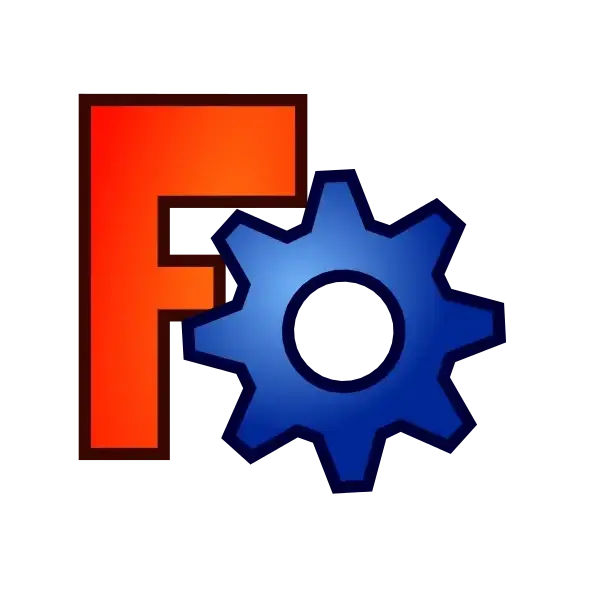

The best I have is to be careful to minimize dependencies, and minimize when I change the number of faces an object has, but of course that’s unavoidable sometimes. I don’t buy it that all CAD tools have the same problem or that this is how real professional CAD designers would work, though.
To minimize dependencies for example, instead of drawing the sketch for pad 2 directly on a face of pad 1, I might draw it on the base plane and transform the sketch to line up with pad 1’s face. The main consequence is that I need to manually move pad 2’s sketch if I change the size/position of pad 1. It’s a tradeoff, because I’m giving up some of the benefits of parametric CAD in exchange for easier fix-up.
I agree, mapping a datum plane to a face should have the same topo naming issue as just drawing on the face, so I don’t know why the guide would suggest that. The comment below about mapping datum planes to a simplified skeleton is interesting though.
The good news is that the next release (which sounds imminent) apparently improves it quite a bit.


This looks great! I’m super happy with my MK4, and have never had to do anything with it after the initial kit build and re-seating the LCD cable to fix some early screen-blanking issues.
I’ll probably skip this for my own printer since it seems like most (but not all) of the speed up comes from layer height, but $99 is not terrible for anyone who gets value from it. And anyone buying a new printer gets this stuff with no price increase, which is nice and makes the MK4/MK4S even easier to recommend.
I didn’t know how much more dimensionally accurate Prusa’s prints are compared to the competition, but it makes sense now why there are so many calibration models online if that just isn’t the way every printer works. I’ve designed some parts that need an 0.1mm first layer because I’ve never had any failures with that, but I guess if I share the STLs other people might have trouble.